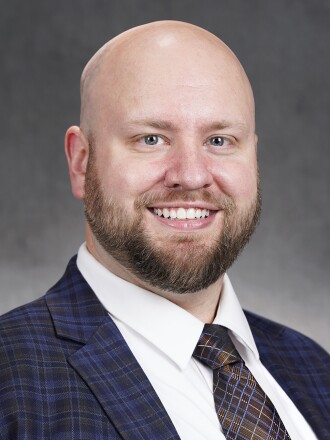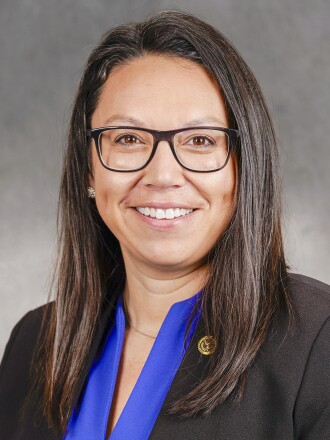ST. PAUL — The Minnesota Legislature is considering a bill that would require Minnesota state colleges and universities to maintain a supply of opiate antagonists on campus.
The Health Finance and Policy Committee conducted a March 23 hearing for , which would require all post-secondary institutions to have two doses of naloxone in each dormitory on campus. Naloxone is a nasal medical treatment that blocks the effects of an opiate overdose, according to the National Institute on Drug Abuse.
ADVERTISEMENT
Emma Gabbert, the student body president of Metro State University, said it is essential to have naloxone available on Minnesota campuses, specifically those in more rural areas.
“It takes much longer for an ambulance or EMS to arrive to that individual, and it is only a matter of minutes between the time of overdose and administering,” she said. “This bill is absolutely vital in saving student lives.”
Gabbert said she supports the bill because she has had to administer Narcan, the branded version of naloxone.
“Two years ago, on the light rail, a man was suffering from an overdose and a fellow passenger had Narcan with them. I was able to administer that and CPR,” she said. “The person came back to life, so now I am here as an advocate.”
Rep. Joe Schomacker, R-Luverne, introduced the bill in February. It is co-authored by Rep. Dave Baker, R-Willmar; Rep. Heather Keeler, DFL-Moorhead; Rep. Jessica Hanson, DFL-Burnsville; and Rep. Kim Hicks, DFL-Rochester.

Keeler said she co-authored the bill because the Students United group of Minnesota State University Moorhead brought it up to her and said it would help ensure a safer campus.
“We’ve had some deaths on our campus, and that’s traumatic,” she said. “It’s not just saving one person’s life, but also the impact of everyone else.”
ADVERTISEMENT

Training materials on administering opiate antagonists would be provided by the Minnesota Department of Health. Shomacker said the Department of Health estimates it would cost $10,000 in 2026 and $2,500 in 2027 to “compile the resources and videos for the training.”
The bill was laid over for possible inclusion in an omnibus bill.
If passed, the bill would be effective for the 2025-26 academic school year.









